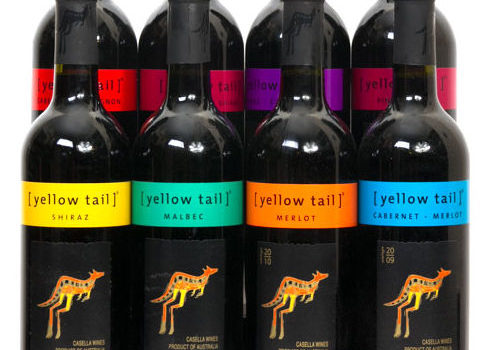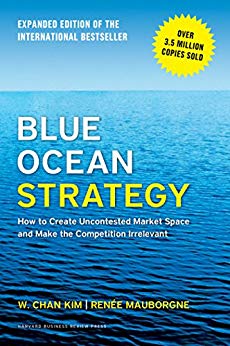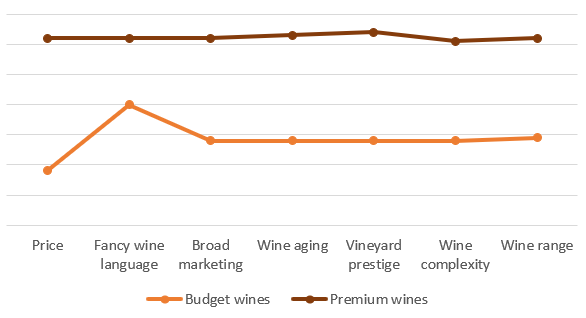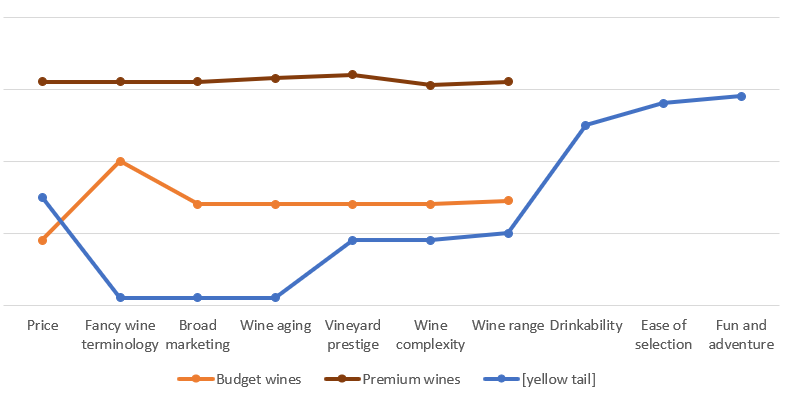

This article is an excerpt from the Shortform summary of "Blue Ocean Strategy" by W. Chan Kim and Renee Mauborgne. Shortform has the world's best summaries of books you should be reading.
Like this article? Sign up for a free trial here .
How did Yellow Tail Wines use the blue ocean strategy to become a market leader in the ultra-competitive wine industry? Learn how Yellow Tail built a unique strategy canvas and used the eliminate/reduce/raise/create actions to build a truly unique wine.
First, let’s review what a blue ocean strategy is. In short, you create a blue ocean by focusing on the factors that customers really care about, while discarding factors they don’t. This creates a new product offering that doesn’t currently exist. Because it doesn’t exist, you don’t have competitors competing directly against you. Furthermore, you attract a new type of customer the industry hadn’t previously supported, thus growing the market.
[yellow tail] Wines and Blue Ocean Strategy
In the 1990s, wine in the United States occupied two segments: high value fancy wines vs mass-produced budget wines. Fancy wines tried to offer more of everything – tasting complexity, refined image, aging, vineyard history and prestige, and price. Budget wines simply offered less of everything. Here’s their strategy canvas:

Even though 1,000+ premium wineries tried to differentiate from each other, they were strategically very similar. To customers, they were largely all different from box wines in the same way.
The Australian firm Casella Wines examined the wine industry from a different perspective: how do you make wine that’s easy to drink and fun? Wine alternatives like beer and spirits accounted for the majority of sales, so clearly most Americans saw wine as a turn off. It was intimidating and pretentious.
So Casella Wines created a new brand, [yellow tail], that subverted traditional wine thinking:
- It was sweeter and softer than existing wines, making it easier to drink compared to the more acidic and tannin-rich traditional wines.
- This also reduced the heavy operational costs of wine aging.
- While traditional vineyards scoffed at this approach, [yellow tail]’s customers didn’t care.
- It had fun, vibrant labels popping out on shelves, compared to masses of traditional labels causing choice fatigue.
- It created only two wines to start: Chardonnay and Shiraz, simplifying the choice for the customer. No longer would a customer have to stand puzzled at the grocery store shelf, navigating 20 different varieties of red wine.
All these produced a distinctive value chart:

The differentiating factors pulled customers from all groups – non-wine drinkers found wine more approachable without needing to develop an acquired taste; box wine drinkers moved up; premium wine drinkers moved down. It even enabled secondary effects, like retail staff feeling unintimidated themselves and whole-heartedly recommending [yellow tail]to customers.
Furthermore, reducing industry factors like aging and variety simplified operations. They even offered white wine in the same bottle shape as red, a break from convention.
The Blue Ocean Strategy tagline for [yellow tail] might be “a fun, simple wine that can be enjoyed everyday.”
As a result, [yellow tail] wine became the fastest growing brand in US wine history and by 2003 became the #1 bottled red wine in the United States. Despite offering wine that was “lower quality” relative to traditional wine, [yellow tail] wine charged higher prices than budget wine because of superior customer value.
Put on the Eliminate-Reduce-Raise-Create Grid:
| Eliminate Wine terminology Marketing Aging qualities | Raise Price (vs. budget wines) |
| Reduce Vineyard prestige and legacy Wine complexity Wine range | Create Easy drinkability Ease of selection Fun and adventure |
———End of Preview———

Like what you just read? Read the rest of the world's best summary of "Blue Ocean Strategy" at Shortform . Learn the book's critical concepts in 20 minutes or less .
Here's what you'll find in our full Blue Ocean Strategy summary :
- What blue oceans are, and how you create one for your business
- Why some businesses succeed in creating blue oceans, and why others fail
- The red ocean traps you have to avoid if you want business growth






